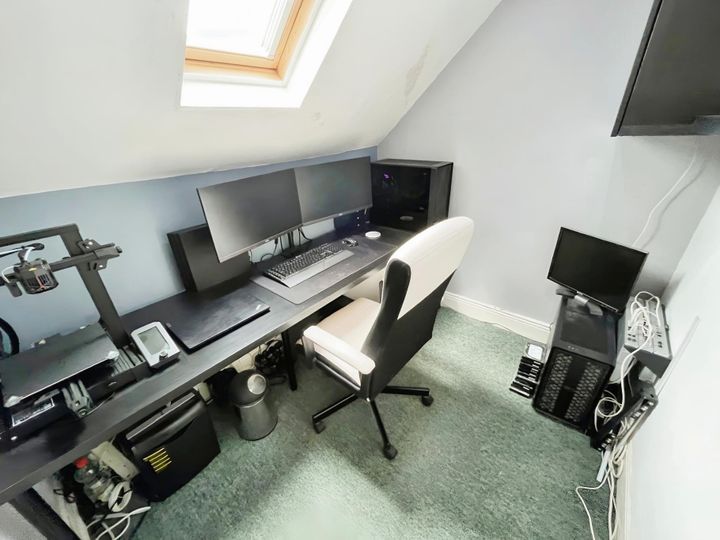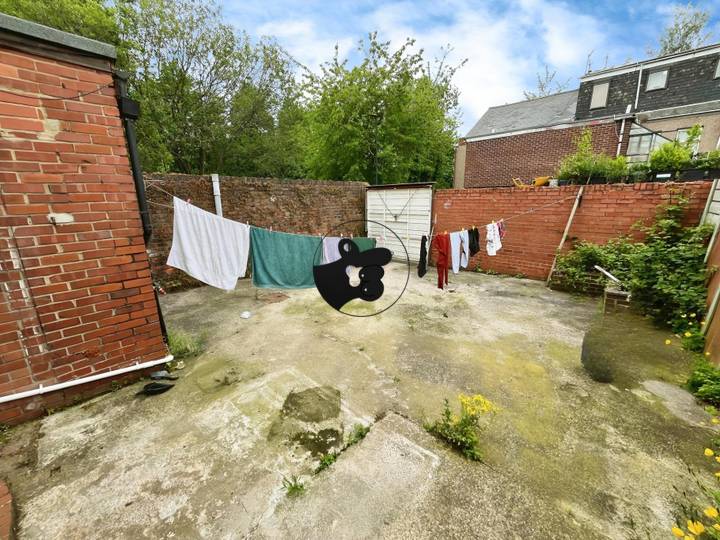Real estate prices in Wallsend are influenced by several key factors, including location, transport links, and local amenities. The town's proximity to Newcastle upon Tyne adds to its appeal, as residents benefit from easy access to the city's job market and cultural offerings. The presence of major transport routes, such as the A1058 and the frequent Tyne and Wear Metro services, enhances connectivity, making Wallsend an attractive option for commuters. Additionally, local amenities such as schools, parks, and shopping facilities play a significant role in property values. For example, homes located near popular schools or the nearby Rising Sun Country Park may command higher prices due to the desirability of their environments. Furthermore, economic factors, including fluctuations in the housing market and interest rates, also impact property values, as buyers weigh affordability against the desirability of the area.
Wallsend
Location
Price Range
Any price
Price Range
Minimum
No min
Maximum
No max
Property type
Show all
Property type
Show all
House
Apartment
Building
Other
Bedrooms
Any beds
Bedrooms
Minimum
No min
Maximum
No max
Surface Range
Any surface
Surface Range
Minimum
No min
Maximum
No max
Sale type
For sale
Sale type
Show all
To rent
For sale
Location
Apartments and houses for sale in Wallsend
3 results
Recent
Wallsend insights
| Aspect | Summary |
|---|---|
| Population | Approximately 45,000 residents. |
| Average Property Price | Around £190,000. |
| Rental Yield | Estimated at 5.5%. |
| Average Rent | About £875 per month. |
| Occupancy Rate | High occupancy rate of 94%. |
| Capital Growth Rate | Average growth rate of 3% per year. |
| Property Tax | Council tax bands range from A to H. |
| Transaction Costs | Approximately 3-5% of the property price. |
| Expected ROI | Estimated ROI of 8-10% annually. |
| Economic Growth Impact | Steady economic growth due to local development projects. |
Wallsend FAQ
What factors influence real estate prices in Wallsend?
How have property prices in Wallsend changed over the past year?
Over the past year, property prices in Wallsend, located in Tyne and Wear, have seen a notable increase. According to recent data, the average house price rose by approximately 7%, leading to an average value now standing at around £185,000. Areas such as the Bull Ring and the vicinity of Wallsend Park have experienced particularly significant appreciation, with certain two-bedroom terraced homes fetching up to £150,000 or more. Additionally, demand for family homes has surged, particularly for properties with good access to schools and public transport links, which has further driven up prices. Meanwhile, the rental market has also tightened, with average rents increasing as investors look to capitalize on the growing interest in the area, leading to elevated competition among potential tenants. The increase in property prices has, however, been met with mixed views among residents, especially first-time buyers facing affordability challenges.
What is the average price of homes in Wallsend?
The average price of homes in Wallsend, United Kingdom, typically hovers around £140,000 to £180,000, depending on the specific area and property type. For example, a two-bedroom terraced house might be listed at approximately £135,000, while a three-bedroom semi-detached home can fetch around £200,000. Newly built properties or those in particularly desirable locations can command higher prices, sometimes exceeding £230,000. The local housing market has seen fluctuations in recent years, with some areas experiencing a rise in demand due to their proximity to Newcastle upon Tyne, making them appealing for first-time buyers and families. It's also notable that flats and apartments tend to be more affordable, with average prices starting around £90,000.
Are property prices in Wallsend higher than in nearby areas?
Property prices in Wallsend tend to be lower than those in some nearby areas, particularly when compared to Newcastle city center and coastal regions like Tynemouth. For example, in Tynemouth, the average home can fetch upwards of £300,000, whereas Wallsend properties often range around £150,000 to £200,000, making it a more affordable option for families and first-time buyers. This price disparity can be attributed to Wallsend's location slightly further inland and its historical reputation, which has seen some revitalization but doesn’t yet match the coastal appeal of Tynemouth. In comparison, other nearby towns like North Shields also feature higher property prices, reflecting their proximity to the waterfront and established amenities, while Wallsend remains competitive for those seeking value within the Tyne and Wear region. Additionally, ongoing development projects in the area aim to improve local infrastructure, which may influence future property valuations.
What types of properties are most common in Wallsend?
In Wallsend, the most common types of properties are typically terraced and semi-detached houses, reflecting the area's rich industrial history and growth during the 19th and early 20th centuries. Many of these homes feature traditional brick façades, with two to three bedrooms and small front and back gardens, catering primarily to families. There are also a number of purpose-built apartment blocks, especially near the town center, which appeal to young professionals and retirees. Additionally, some areas showcase larger detached homes, often found in more residential neighborhoods, providing spacious living environments. The property styles often exhibit characteristics of Victorian and Edwardian architecture, with high ceilings and large bay windows commonly seen in many streets across the town.
How does the local economy affect real estate prices in Wallsend?
The local economy in Wallsend significantly influences real estate prices, primarily through employment rates and average income levels. Historically a hub for coal mining and shipbuilding, recent shifts toward service-oriented industries have changed the job landscape. For instance, the presence of major retail parks and business developments has provided new employment opportunities, attracting younger professionals who seek housing in the area. The average income in Wallsend has similarly increased, which can drive up demand for housing as people have more purchasing power. Additionally, infrastructure improvements, such as enhanced public transportation links to Newcastle, can make the area more appealing, thereby affecting property values. For example, homes near these transport hubs often see faster appreciation compared to those further away, as commuters are willing to pay a premium for convenience. Conversely, any economic downturns or significant local business closures could adversely affect demand and subsequently lower property prices.
What are the future trends for real estate prices in Wallsend?
Future trends for real estate prices in Wallsend are likely to be influenced by several key factors. The ongoing regeneration projects in the area, including improvements to transport links like the Tyne and Wear Metro, are expected to make Wallsend more attractive to potential buyers, particularly young professionals and families. Additionally, the affordable housing market compared to nearby Newcastle upon Tyne could drive interest as people seek value for money. Areas like the historic riverside may see a rise in demand as more people look for properties with scenic views. Furthermore, the increase in remote working can lead to greater interest in suburban areas like Wallsend, where properties are generally more spacious and affordable compared to urban centers. Increasing interest in sustainable living could also lead to higher demand for modern, energy-efficient homes.




